Vladimir Mayakovsky’s quote, “In this life, it’s not difficult to die. To make life is more difficult by far” highlights how artists and poets struggle to live with their thoughts every day. Their emotions can be a blessing and a curse for them on different occasions. Research claims that poets have a higher rate of suicidal tendencies than normal men and women.
Poets tend to be more vulnerable and emotionally fragile, which is often reflected in their work. They are very sensitive and feel everything very deeply, but as one would say, sensitivity like Plath’s is a sin upon yourself.
The urge to be heard and to feel seen is highly prevalent among artists. There is a distinct cry for help in the works of all the poets who have committed suicide. They often try to express their inner turmoil through their poems, especially Confessional Poets.
Studies reveal that most artists and poets who killed themselves were suffering from chronic depression. Perhaps art demands a cost, and sometimes poets pay the price with their lives. The theme of romanticizing the ‘art of death’ has been popular in poetry.
Among poets who gave in to the depression and incidental despair, Sylvia Plath, Beatrice Hastings, Vladimir Mayakovsky, Anne Sexton, Nicholas Chamfort, and Danielle Collobert are some of them who chose the most brutal way possible to end their lives.
1. Sylvia Plath
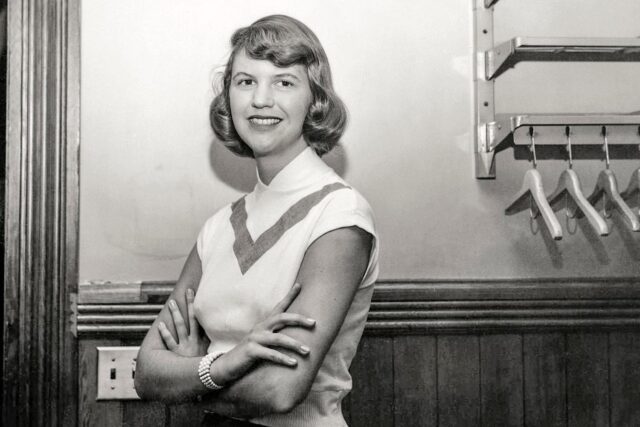
Sylvia Plath is one of the most celebrated writers of the Modern Era. The overly sensitive person that she was, her way of ending her life was exactly opposite to her nature; it was sheer indifference.
In 1963, Plath committed suicide by stuffing her head inside the burning oven right after preparing breakfast for her two children, who were still asleep in their bedroom. Suffering from clinical depression, this wasn’t the first time she attempted suicide.
Word has it that she was crushed to learn about her husband’s affair with another woman and was also physically tortured by Ted Hughes. To escape from her miseries, at the age of 30, Plath finally took her life.
2. Beatrice Hastings
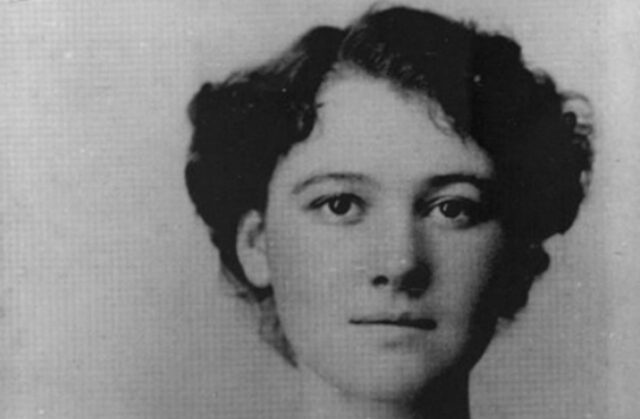
Emily Alice Haigh, also known as Beatrice Hastings, was an accomplished writer of the early 20th century. She was one of the finest parody writers and claimed herself as “a minor poet of the first class.”
A strong feminist and modernist, Hastings struggled in her personal and professional life. Afflicted by cancer, Beatrice took her life in 1943 by suffocating herself with gas from a domestic cooker.
3. Vladimir Mayakovsky
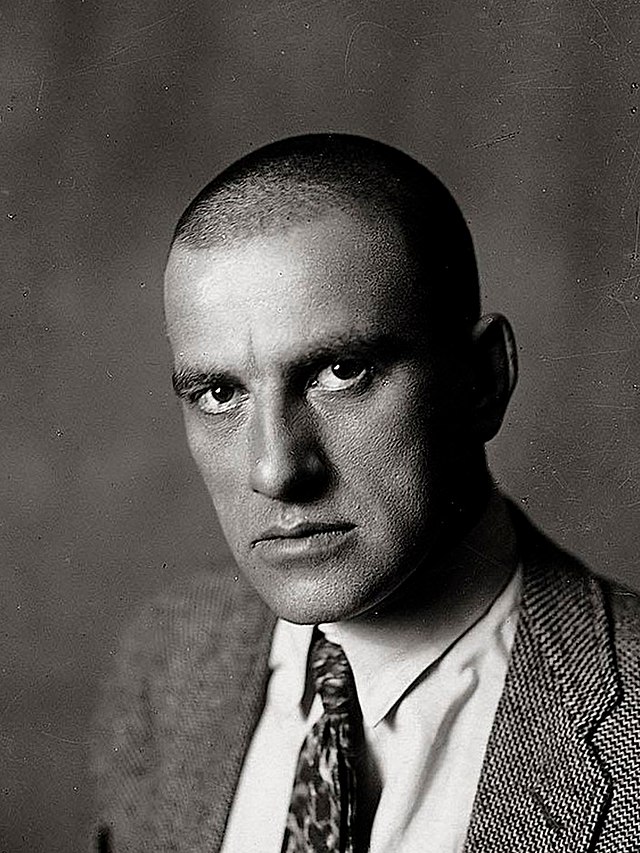
The famous Russian-Soviet poet, Vladimir Mayakovsky, had a troubled personal life and a complicated relationship with the Soviet Union. In 1930, he shot himself through the heart over a quarrel with his lover, Veronika Polonskaya, and in fact, she was the last person to see him alive.
As a supporter of the Reds, he found himself very disappointed with the ideologies of Stalinism, and he thought the only way he can overcome his agony was by killing himself. There have been various controversies regarding Mayakovsky’s suicide, but his death was a great shock to the Soviet world.
Also Read: No People, Slam Poetry Actually Is Cool And More Than That
4. Anne Sexton
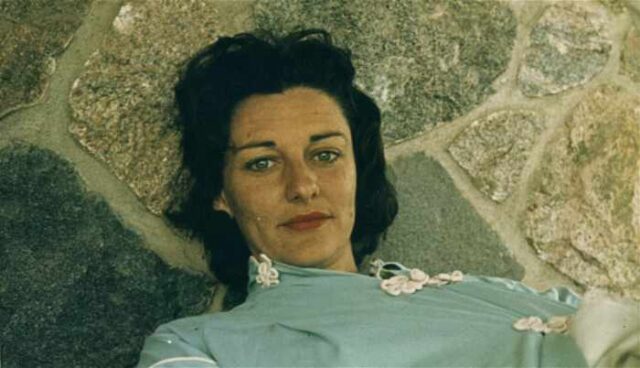
A highly ambitious writer, Anne Sexton was chiefly famous for her collection “Live or Die,” which won the Pulitzer Award in 1967. Anne suffered from depression and psychological disorders throughout her life.
On an October evening in 1974, Anne locked herself in her garage and died of excessive carbon monoxide suffocation. She wore her mother’s fur coat and fixed herself a drink before she asphyxiated herself with poisonous gas in her closed garage.
5. Nicholas Chamfort
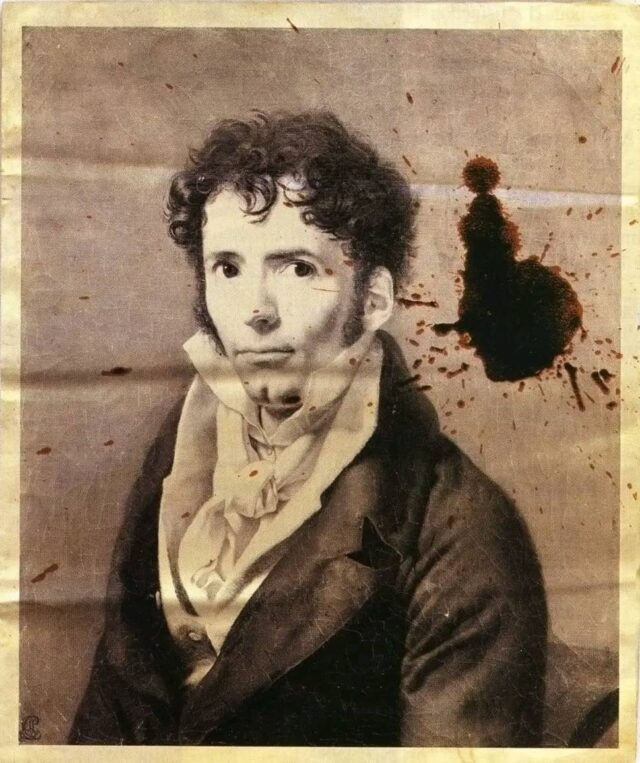
Nicholas Chamfort was a celebrated French author who participated in the French Revolution. Repulsed by the massacre that spiraled out of control during the Reign of Terror, he switched sides with the Moderates. As a result, the Jacobins were furious with him, and he was eventually put in jail.
Prison was a nightmare to him, and when he was threatened with being taken into custody again for his criticism after the rearrangement of the French regime, he thought suicide was his only way out. In 1793, he shot himself in the face, but the gun misfired and the bullet hit his nose and lower jaw.
In a desperate attempt to end his life, he jabbed himself in the neck and chest with a paper cutter. Still not dead, Chamfort was taken to prison despite his bloody state. In 1794, he finally died inside the prison because of his injuries.
6. Danielle Collobert

Danielle Collobert was an immensely talented French poet and author who fought with schizophrenia and depression throughout her life. Her works reflect pessimism laced with a lucid style of writing. It is almost ironic how her last book of six sonnets, “Survie” was published three months before her suicide.
The title literally means ‘surviving after a mishap or living in an almost lethal state.’ In 1978, unable to cope with her mental illness, Collobert finally took her life on her 38th birthday in a hotel in Paris.
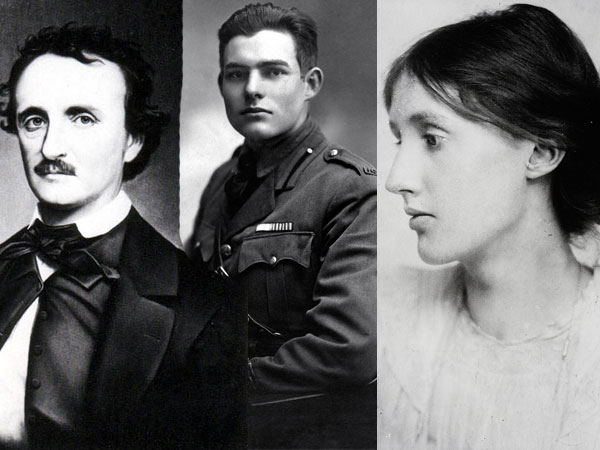
No matter how difficult life gets, suicide is never an option. When the train takes you through the darkest tunnel, there is always light at the end. We mustn’t lose hope.
Let us know your opinion in the comment section below.
Disclaimer: This article is fact-checked
Image Credits: Google Photos
Source: The Economic Times, Time Magazine & Blogger’s own opinion
Find The Blogger: @ekparna_p
This post is tagged under: poetry, poems, poets, writers, writer, suicide, suicidal thoughts, suicidal tendency, suicide, trigger warning, psychology, psychological disorder, depression, anxiety, sensitivity, self-harm, Sylvia Plath, Anne Sexton, Danielle Collobert, Vladimir Mayakovsky, Beatrice Hastings, Nicholas Chamfort, death, died, art of death, romanticising death
Disclaimer: We do not hold any right, copyright over any of the images used, these have been taken from Google. In case of credits or removal, the owner may kindly mail us.
Other Recommendations:
This Chinese Poem Predicted When The COVID Pandemic Will End






























